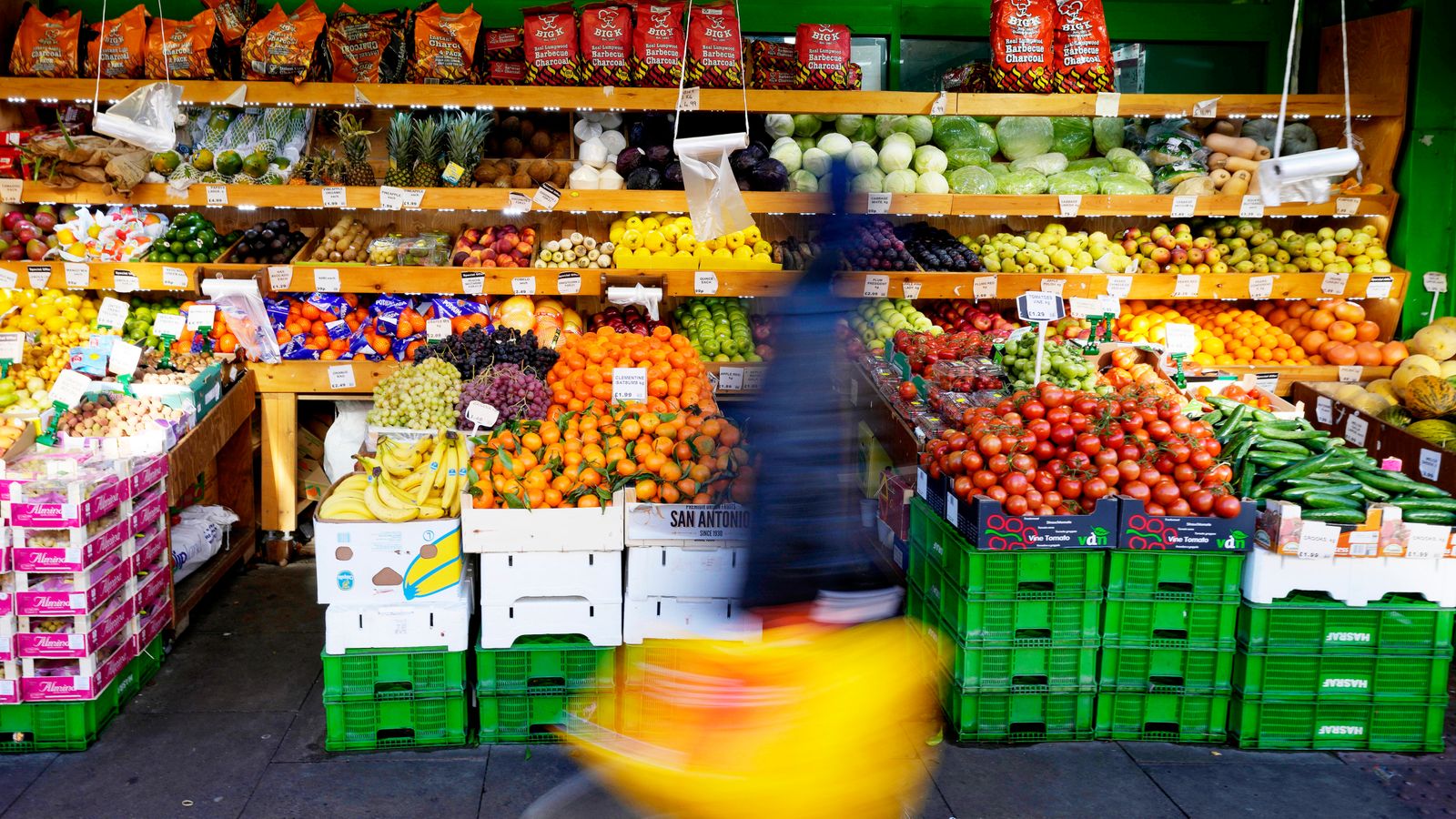One in 20 adults ran out of food and couldn’t afford more, ONS data shows.


Young adults and renters are some of the people worst hit by rising prices as official figures show around one in 20 said they had run out of food in the past two weeks and couldn’t afford more.
People who could not buy food were most likely to be supported by charities, be lone parents, and those in receipt of benefits or financial help.
Also more likely to struggle with food costs were ethnically diverse people and black, African, Caribbean and black British adults, along with renters and disabled adults.
Latest official data showed food price inflation stood at 18.3% – far higher than the 8.7% rate of overall inflation.
In general, young adults aged 25 to 34 were at greater risk of financial vulnerability than those over the age of 75, the data showed.
Renters were more likely to report difficulty paying housing costs.
While more than a quarter (28%) of mortgage holders said it was difficult to afford their mortgage, 43% of renters reported it was very or somewhat difficult to afford rent.
Renters spent an average of 21% of their disposable income on rent, compared to 16% of mortgage holders, the Office for National Statistics (ONS) said.
Also compared to mortgage payers, renters were spending less on food and essentials, and were more likely to have run out of food and be behind on energy bills.
Advertisement
The effect of food poverty has been seen in the nation’s food banks. Almost three million emergency food parcels were handed out in the last year – a 37% increase compared to 2022.
Please use Chrome browser for a more accessible video player
1:56
Shock rise in wage growth but still below inflation.
Similarly, disabled adults faced greater financial difficulties than non-disabled adults.
Across the population around a third (35%) said it was difficult to afford their rent or mortgage payments.
Read more:
What to do if you haven’t received the £301 cost of living payment
Spending calculator: See which prices have gone up or down
The ONS published the analysis on the impact of the cost of living crisis from February to the start of May, before mortgage rates began increasing in earnest.
It analysed the proportion of people affected by price rises, and the characteristics associated with financial vulnerability.
It comes as the government announced public sector pay rises of between 5% and 7% this week and official figures showed wage growth remained at a record high of 7.3%, but was still outpaced by inflation.